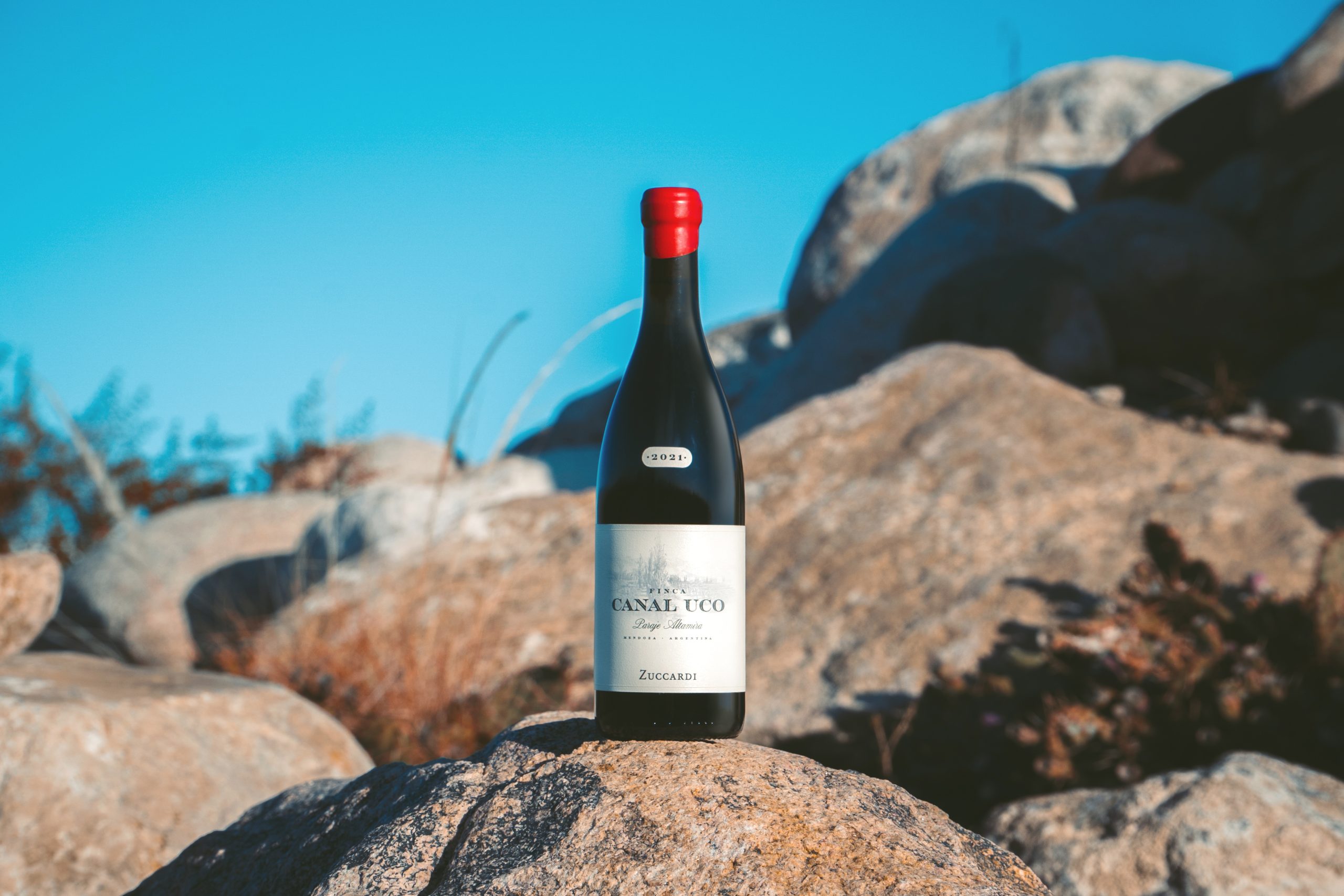Chinese wine market sees huge power shift
There has been a marked move away from top-end wines being the dominant force in the Chinese market, with younger drinkers increasingly enjoying entry-level brands, according to a new market study.
A new, young and high-earning category has emerged in China that has overtaken the “traditional” consumer, choosing to shun the Bordeaux commonly associated with gifting and business dinners in favour of value-for-money wines.
Not even recognised as a category as recently as three years ago, the “Developing Drinker” is now the consumer to target in China, accounting for 19% of the market, according to a report by Wine Intelligence.
Wine Intelligence’s chief operating officer Richard Halstead described the Chinese wine market over the last three years as going through a “fundamental transformation.”
Consumers in the Developing Drinkers segment most likely tend to be graduates working in high-earning professions in their late 20s and early 30s, who have picked up the wine habit mainly through business dinners, but who are now branching out on their own and drinking wine as part of their social life outside work, the report claims.
Partner Content
In the 2015 study, Wine Intelligence groups six other categories among China’s 38 million imported wine drinkers. Developing Drinkers, Adventurous Connoisseurs, Prestige-seeking Traditionalists, Social Newbies, Health Sippers, and Frugal Occasionals.
Since Wine Intelligence’s previous “China Portraits” study in 2012, the market analyst has noticed a “shift of power”: the proportions of high-engagement groups Adventurous Connoisseurs and Prestige-seeking Traditionalists are smaller than they were three years ago, while the shares of low-engagement segments Health Sippers and Frugal Occasionals have been on the rise, and the Developing Drinkers segment has emerged to account for a fifth of the imported wine market.
“We are moving from the era where prestige wine was only bought as a face-enhancing gift towards a world where consumers care more about how it tastes – because they will be drinking it themselves – and how much it costs, because they are more likely to be paying for it themselves as well,” Halstead said.




